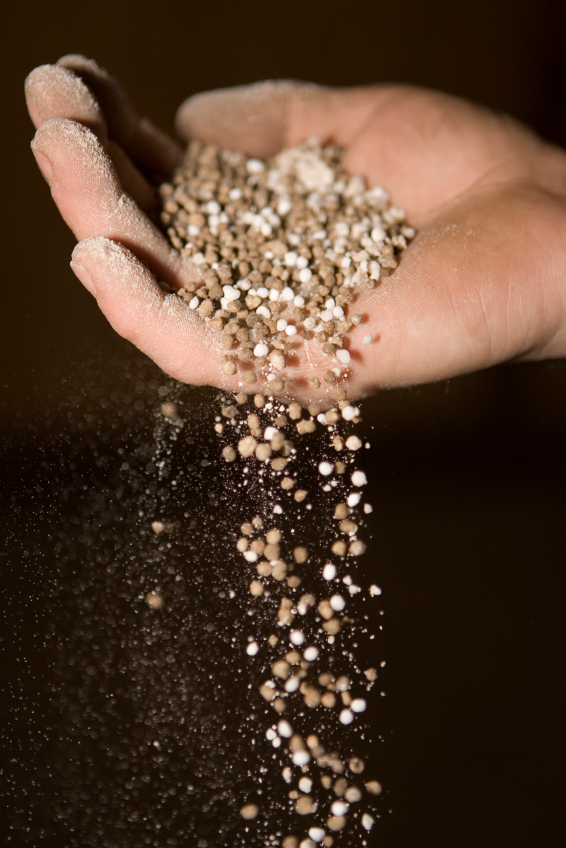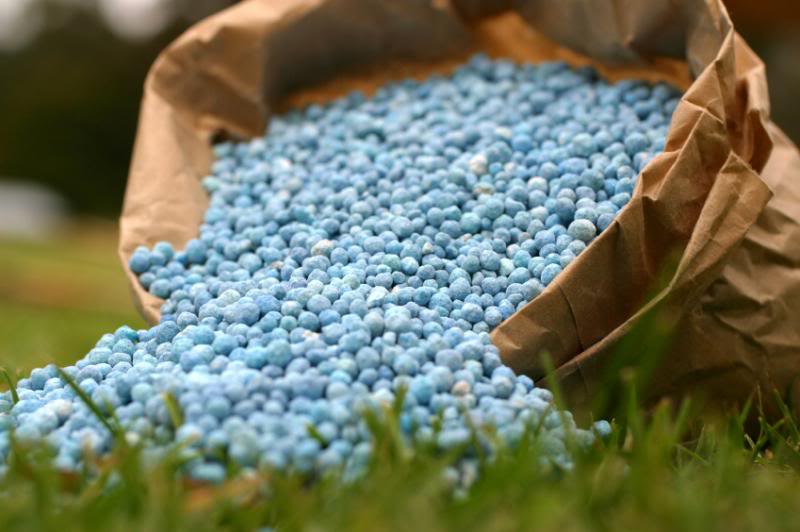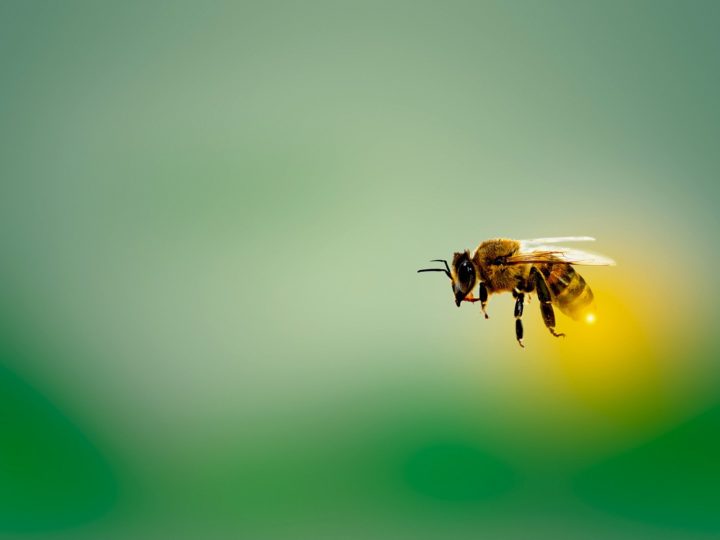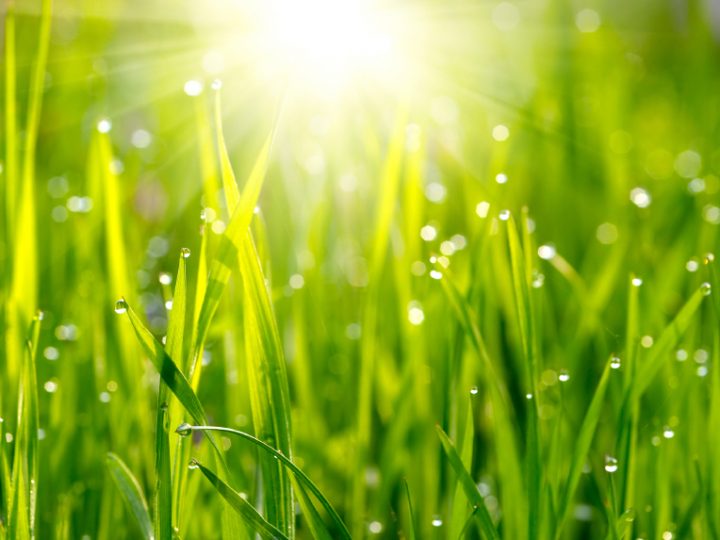
In order for plants in your lawn to grow, they need a handful of building blocks. Some soils lack all of the required building blocks either as a result of being over cultivated or naturally. The best way to put these elements back into the soil is through fertiliser.
What is NPK Fertiliser?
There are different kinds of fertilisers, but NPK fertiliser, such as Growmore, is the best option on the market because of its natural key ingredients. NPK fertiliser is made up of three elements:
- Nitrogen (N)
- Phosphorus (P)
- Potassium (K)
These three items are essential for plant nutrition. The nitrogen is responsible for helping the plants grow quickly, increasing the seed and fruit production, and improving the quality of the forage and leaf crops. Nitrogen is one of the components that make up chlorophyll, the material that provides the green color in plants, and it is responsible for helping photosynthesis. Phosphorus is also a component in the photosynthesis process and increases the ability of plants to withstand stress. It helps support the formation of starches, oils, and sugars in plants. Phosphorus also aids the transformation of sunlight into chemical energy, which is a key component to plant development. Lastly, it encourages root growth and blooming. Potassium assists with photosynthesis, helps build protein, improves fruit quality, and reduces disease in plants. While all three are a small part of the total nutrients required for plant growth, they do comprise the main nutrients required to produce healthy plants and a great looking lawn.
Why Use It?
NPK fertiliser should be used to increase the quality of your lawn or vegetable production. Fertilisation for your lawn improves the quality of the soil. After it is applied, the nitrogen is released into the soil and consumed by the lawn
Why Should I Conduct Lawn Maintenance?
Lawn care is much more than throwing a handful of mismatched chemicals or fertilisers on the grass. It requires maintenance, fertilisation, weed control, and proper treatment. It is important to ensure you are applying fertiliser and any pesticides properly, otherwise you may pollute nearby water sources or cause serious harm to your lawn. Healthy lawns can be best achieved through preventative actions. This means properly fertilising, using good mowing techniques, and providing the best water frequency. By caring for your lawn regularly you can detect insect problems, disease problems, or fungal problems early and complete the necessary course of action required to rectify these issues.
If you fail to properly care for your lawn you might end up causing much more harm than good. Fertilising areas that don’t require it can add up in terms of cost quickly. Mowing your lawn at incorrect heights can damage the grass. Spraying insecticides preemptively can hurt your lawn’s health. Different types of grass may be prone to different maintenance issues, pest problems, or diseases. Therefore, it is important to speak with professionals before you buy any complex lawn products to ensure that you have everything you need.
Lawn Fertilisation
Fertilising your lawn is an imperative part of proper lawn maintenance. Applying NPK fertiliser must be done carefully and in accordance with the individual fertilisers. When you buy fertiliser it is subsequently broken down by 3 numbers which can be seen on the label located on the package. It first lists the percentage of nitrogen included in the mix and then the percentage of Phosphorus and Potassium. Some percentages are better suited for different lawns and different seasons. If you apply fertiliser too liberally, or too frequently, or you use an NPK fertiliser with a higher dose of nitrogen it can burn your lawn. If you use organic fertiliser, you may not fertilise it enough because of the low dose of nitrogen. Fertilisers with a high dose of nitrogen will cause the lawn to grow faster but will also make it weaker and therefore more susceptible to pests and disease. This is why, again, it is best to speak with professionals at your local supply store before you buy lawn care products.
But fertilisation is only the first of a few steps for proper lawn care. You need to make sure you aerate the soil too so that microbes and earthworms that live underneath can have access to the oxygen required to survive. As this happens they will digest organic matter and create healthy and fertile soil.

Overall it is important that you ensure your lawn has access to all of the natural ingredients that it requires to sustain itself. This includes the earthworms below the soil, the right amount of water, as well as NPK fertiliser in the correct dosage. By doing all of these things, and speaking with professionals about what frequency or duration is appropriate for your particular lawn, you can ensure that your lawn receives the best treatment and is as healthy as it can be.
Read more: Top 5 fertiliser products




